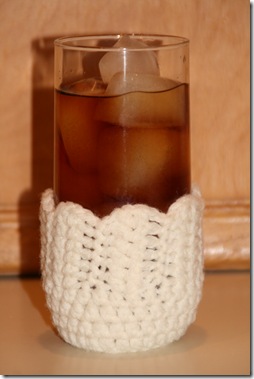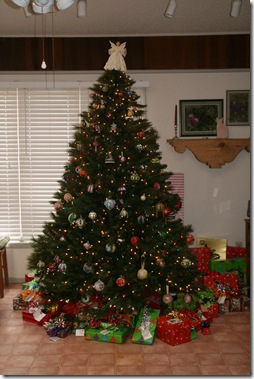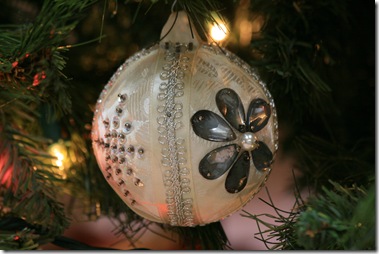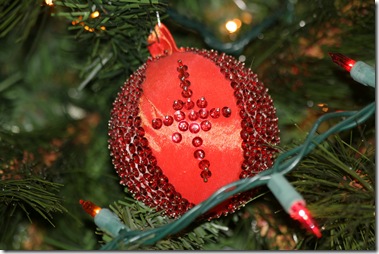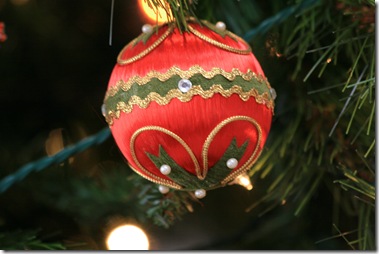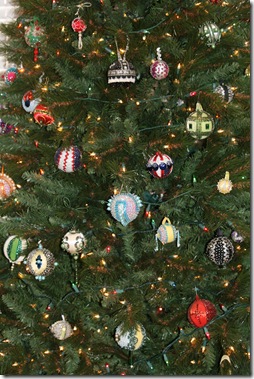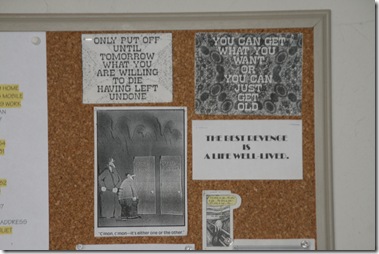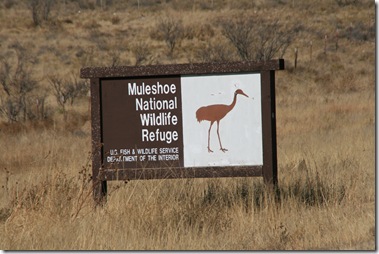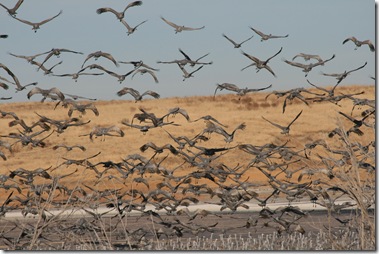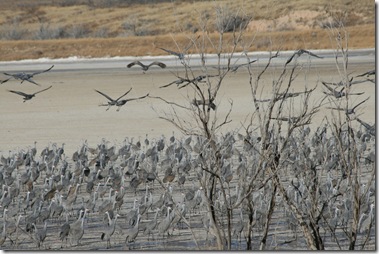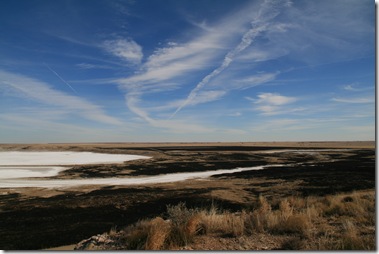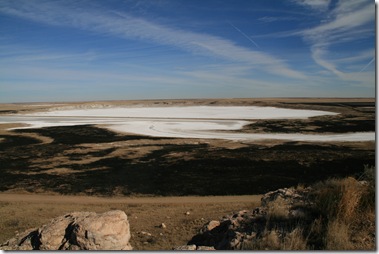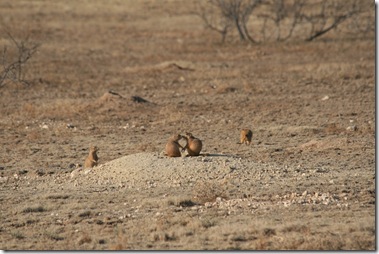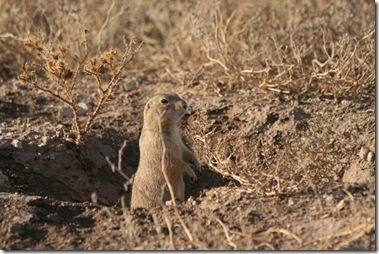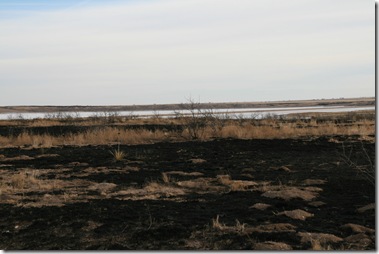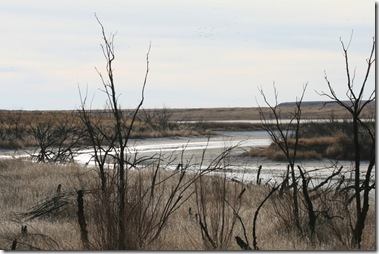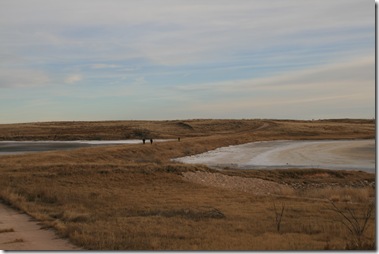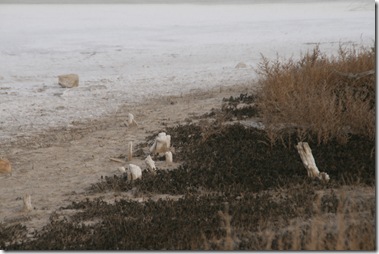Monday after Christmas I received a box from Mother and Daddy’s longtime neighbor, Marge Beard. Tucked neatly into the box were six crocheted glass cozies and a letter. She wrote:
“You won’t receive this before Christmas as I am enclosing it in a box I have been meaning to send to you for some time.
Your mother made these glass covers for me many years ago. She gave me a set of 12, but I never have more than 6 people in my small apt. –so I want you or your family to have the other six. She was always making something for me. Your Daddy asked her to embroidery my name on an apron (long time worn out) as I always had an apron on. Remembering all those good days on Timberlane –good friends, etc. I’m the only one, except Thelma Callendar, who is still alive.”
This is not the first time something Mother made for someone else found its way back to me. Situations change; Marge’s husband Leldon died, and she had to move from the house on Timberlane and downsize. Zella Parham, another old friend, went through a similar situation and returned to me a painting Mother had done for her many years ago. I get photographs occasionally from old family friends who have come across them and felt I needed to have them.
Just as most people do, I have a house full of things connected to my mother, and to Daddy, too, for that matter. We are embarking on a remodeling of our house, which requires me to empty closets, drawers, and shelves to pack things away until the work is finished. I keep finding little mementoes as I do the packing that are really not used anymore, but have connections to Mother and Daddy and other older family members. How does one dispose of things that bring back memories and affirmations of childhood? Things that are part of the family legacy, but don’t always serve a purpose other than being part of the family legacy?
Most of those things have already been packed away safely for the remodeling, or I would take a picture of them and share their stories with you. So I will save that for another time, perhaps after we unpack and move back in to the refreshed house. I suspect I will find that I still can’t bring myself to get rid of them and instead find a way to incorporate them into the personal touches that make a house a home.
But in the meantime I will just be thankful that my life and the lives of many others were touched in thoughtful and caring ways by my parents. To borrow from that often-copied MasterCard ad: trinkets from the past-useless; memories they carry-priceless.
So maybe serving no purpose other than being part of the family legacy is enough reason to keep them.
